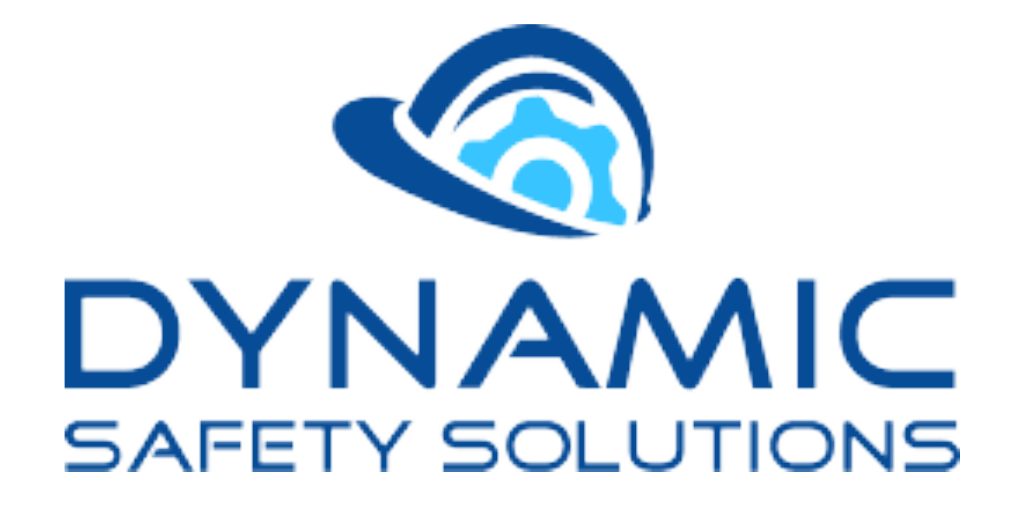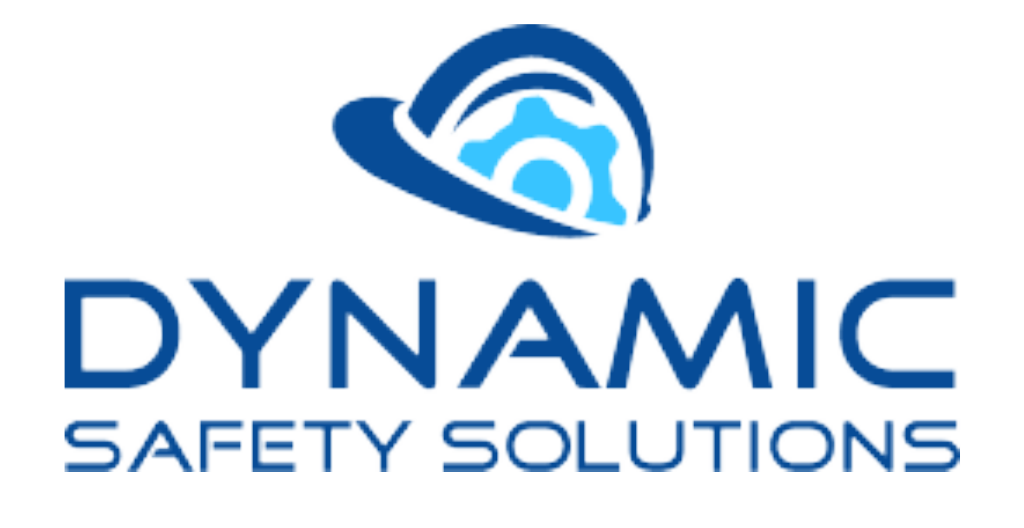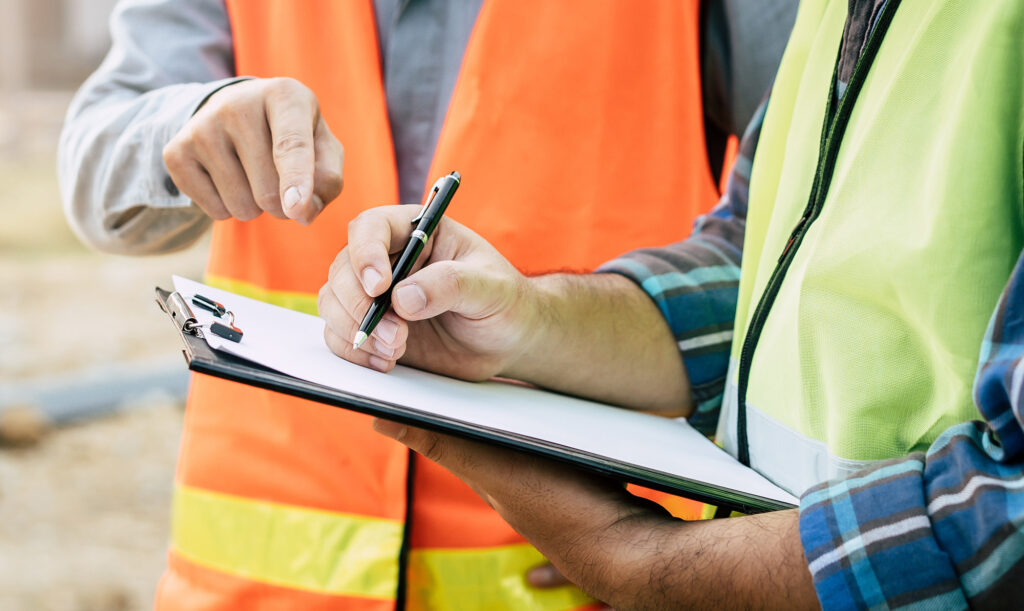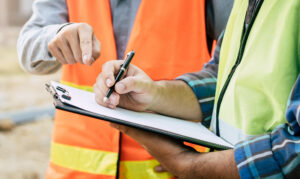It’s simple to lose sight of your H&S priorities while you’re pre-occupied with being productive. Here is a 10-item necessary workplace safety checklist to assist you.
It is essential to constantly ensure that your workplace has all the equipment and procedures required to keep your employees and guests safe.
Firstly, you have a legal and moral duty to keep your team safe at work. And going through your H&S checklist regularly will also add structure to your assessments making them more time-efficient.
Written lists of safety priorities, tasks and equipment also makes it easier to assign responsibility. For example, who’s in charge of keeping traffic management structures up to date?
Keeping checklists will remind you of what you need to install or replace, to maintain levels of site safety – internally and externally.
1. Obstructions – are walkways clear?
Trips, slips and falls are the biggest cause of accidents in the workplace.
It’s vital to check walkways and doorways daily. Introduce strict policies on keeping floors free of hazards will help you to avoid any unnecessary incidents. Keeping fire exits clear of obstructions is taken very seriously.
2. Inspect Hygiene and Cleanliness
This is another task to do daily, especially as we are emerging from a global Pandemic. Note down areas of particular concern, and make sure all relevant staff understand their ongoing tasks to keep surfaces deep down clean.
3. Check ventilation/filter systems are working properly
Frequent evaluation of air quality in your workplace is especially vital in sites prone to contaminants such as dust and fibres. Keeping on top of this can prevent insidious health issues, but also keeps ventilation and air filtration systems well maintained.
4. Safety signs to warn of hazards/dangers
One of the most fundamental site safety priorities is good communication, yet signs can fall off, become damaged or be obscured without you noticing.
Creating a map of safety signage can help, as you can then regularly check all items are securely in place and easy to see.
5. Stairs – are safety railings in place?
Stairways are generally a workplace danger, but become additionally dangerous if moisture is dragged in from outside, or your site creates contaminates carried on the bottom of footwear.
Stairs should feature in various elements of this workplace safety checklist, but also deserve special attention with the installation of the best safety guardrails.
6. Loading-bay area appraisal
Warehouse operations are especially prone to H&S risks and should be checked frequently to make sure every measure is in place to protect drivers and pedestrians – as well as your loading bay structures.
Find a supplier of inexpensive loading bay protection products that are 100% efficient and effective.
Also, regularly check vehicle safety barrier integrity.
7. Personal Protection Equipment
PPE requirements vary from site to site. Having it all catalogued clearly is common sense. Including mapping out locations where PPE is stored and dispensed. Then, you can regularly check everything is available, every working day.
8. Inventory Storage Inspections
Accidents are more likely in storage areas, including things falling from height. A crucial part of H&S is to study your inventory storage. Is the most logical and safe system being used to keep items in place, and is anyone taking ‘shortcuts’ that create a risk factor?
9. Regular tool and Equipment Inspection
Another thing to timetable for workplace safety is the testing of tools and equipment. Have you got all the safety items you need for your site, and are they where they should be? Make sure electrical items are still ‘up to code’?
10. Electrical Shutoff Switch
Talking of electrical hazards, this is one workplace safety priority that sometimes gets overlooked. Do you and all decision-makers know how to cut site power – partially or entirely? Is access to the switch assured?







